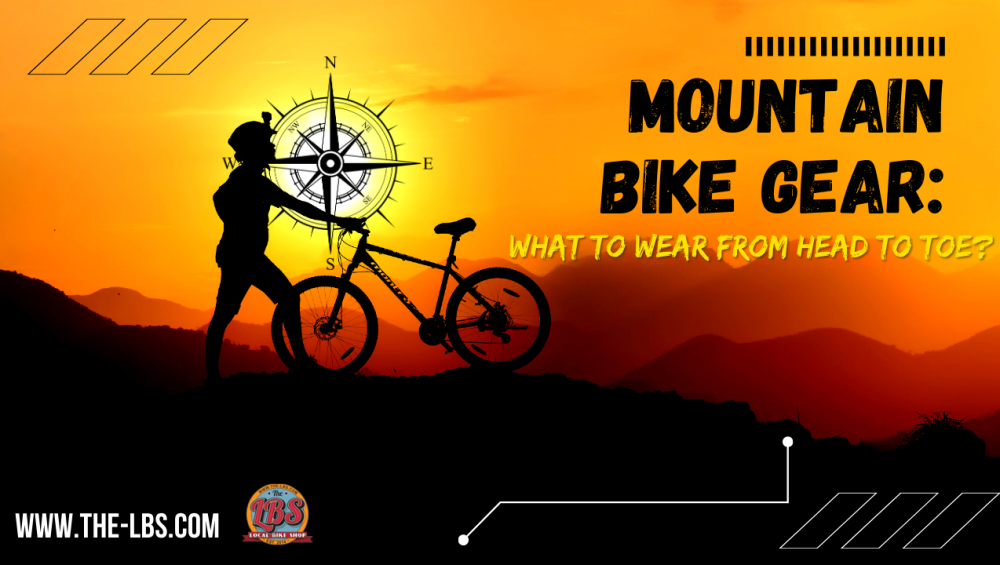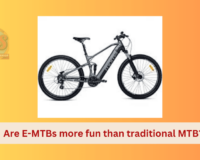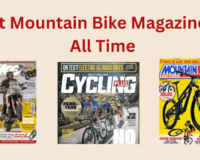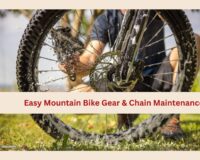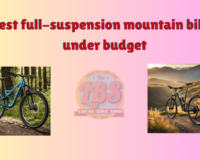A good bicycle kit will keep you comfy and you will probably have a good time out on the trails if you wear the right gear. In order to help you decide what to wear for mountain biking, here are a few key clothing items.
The biking accessories are less restrictive and streamlined than other mountain biking gear, such as time trial suits, cyclo cross, and lycra. In this case, there isn’t much room for variation or self-expression since the designs are nearly identical.
A tight skin suit can be worn for short-track cross-country racing, while mountain bike pants can be worn for downhill riding.
There are times when mountain bikers wear padded shorts and flannels. Any preference or style can be met with mountain bike kit. If you’re going to descend gnarly trails, ride through mud, or race in summer heat, mountain bike gear is much more than clothing alone.
When riding downhill, mountain bike pants can be worn, and when racing cross-country, a skin suit can be worn.
It is common for mountain bikers to wear shorts and flannels that are padded. Styles and preferences vary when it comes to mountain bike kits. A mountain biker needs more than just clothes to tackle gnarly trails, ride through mud, and compete in summer heat.
Top 8 mountain biking gears you should wear on every ride
Gloves
Full-finger gloves are usually worn by mountain bikers. Mountain bike gloves have grippy palms that keep hands planted on the handlebars. Thin palms are favored by many riders because they improve control and feel, but padding in the palm can provide additional protection.
Because mountain bikes are prone to crashes, we need gloves that are both protective and functional. These gloves can become very hot due to their tight fit and functionality. Even in the summer, mountain bikers wear full-finger gloves because they provide additional grip and protection.
Socks
No specific sock style is best for mountain biking, but you can wear just about any sock. Rain and mud are often a concern for mountain bikers who wear waterproof socks. Your feet will remain dry and warm while the water won’t drip down into your shoes.
A waterproof shoe cover slips over your shoes and keeps water from penetrating your feet. Cycling socks designed for warm weather are lightweight and breathable.
Padding
Some mountain bikers wear knee and elbow pads to protect themselves from crashes during more extreme rides. Adding protection to the knees and elbows will help prevent injuries.
Knee pads for mountain bikes can vary in thickness and weight, as well as being thin and lightweight. As a beginner learning to hike, you can use it, while as a fearless racer taking risks to reach the trail’s bottom, you can use it.
Jersy
Mountain bikes benefit from looser jerseys because they provide more protection than road bikes. Mountain bike speed is usually determined by your ability to handle corners rather than your ability to push against the wind. Mountain bikers can protect themselves even in summer from branches and twigs by wearing a long sleeve jersey.
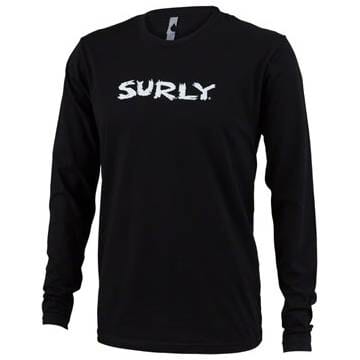
However, cross-country mountain bikers and hot-weather riders do often wear a good quality one. Many of these jerseys feature rear pockets where you can store your phone, tools, and food.
Shoes
Shoes
Your decision is yours. Even seasoned riders need help deciding whether to wear flat pedal or clip less shoes despite their professional status. For now, stay within your comfort zone. Although many cross-country or road cyclists use clip-in pedals, we recommend gaining experience in whatever you feel comfortable in.
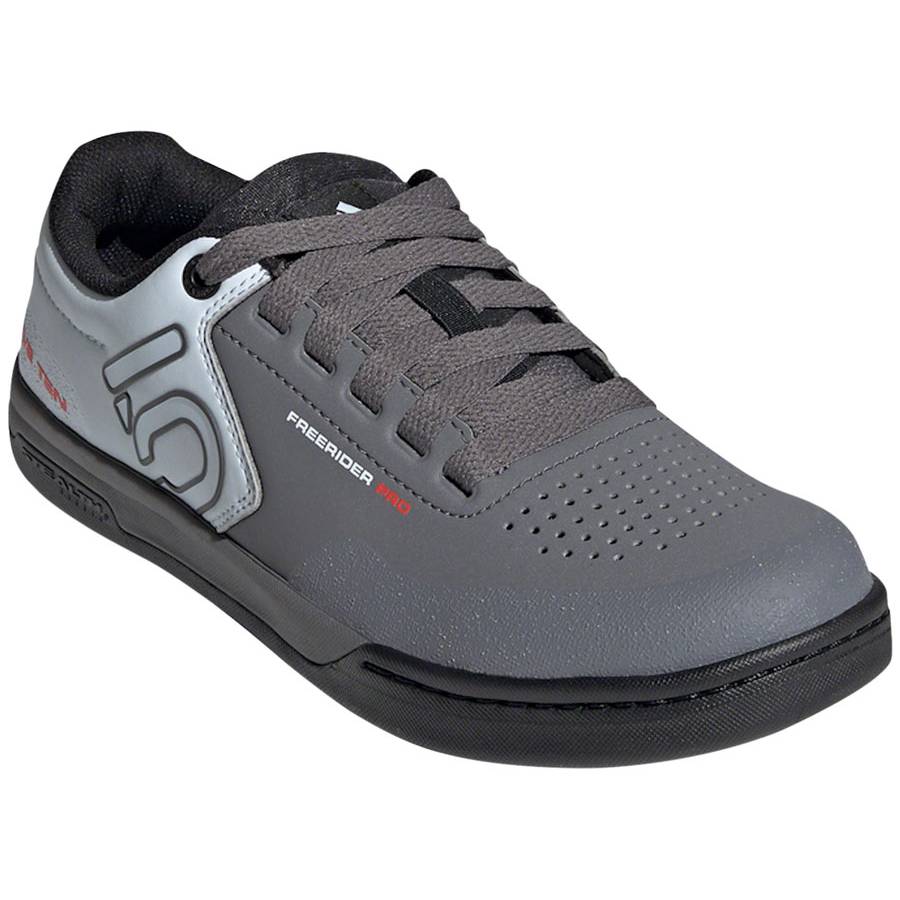
If you don’t already have a shoe with a wide and flat sole, then you should start with a clip-less (SPD style) shoe. Choosing a pedal with a large profile or one that looks like a flat pedal will offer excellent balance and stability if you stand up on the bike frequently. Although plenty of trail riders wear cross-country shoes while trail riding, there are still plenty who do not. Compared to trainers, flat shoes provide a better grip on flat pedals than trainers.
Helmet
With a quality helmet, you will be able to enjoy your mountain biking trip. The kind of helmet you wear depends on what type of riding you do. Helmets are universally necessary for riders.
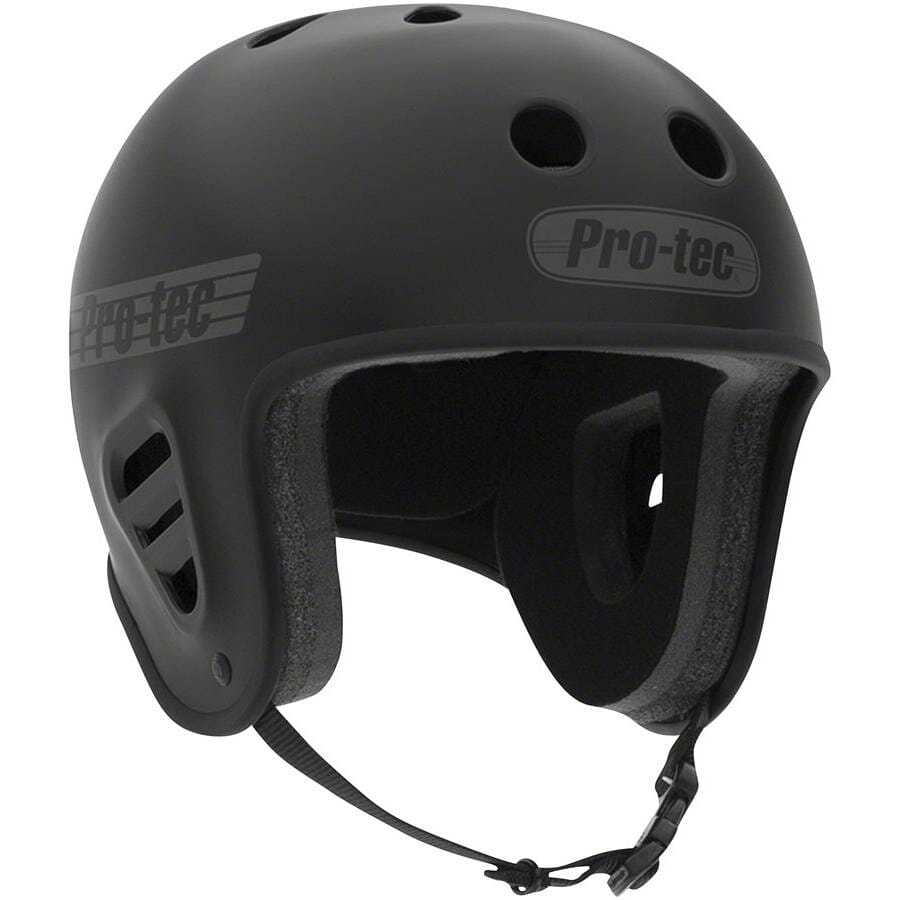
You should wear a helmet with a significant amount of coverage if you intend to ride in highly technical terrain with significant risks. If you are taking it easy, avoiding hazards, and taking it easy on more spacious trails, wearing a well-made helmet is not necessary, but it’s always a good idea to make sure you stay safe.
Shorts and trousers
The bottom half of your clothing should be chosen based on your riding style. If you plan to wear knee pads, you will need to know what to wear. Wearing shorts or trail pants is your choice when choosing what to wear. When riding in the summer, you might want to wear shorts. Under their shorts, mountain bikers wear tights during the colder months.
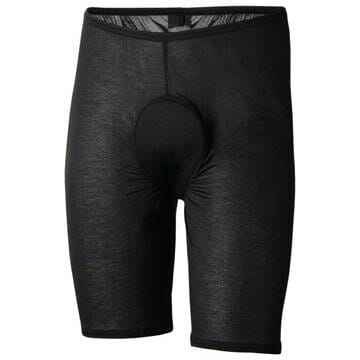
MTB trail pants might be a good choice for those who prefer something that covers their legs and isn’t a pair of shorts. It is usually possible to fit kneepads around the knee of MTB trail pants thanks to their slim fit. Wearing waterproof and insulated trail pants in muddy weather is a great idea.
Goggles or glasses for eye protection
When mountain biking, there is no way to avoid danger. It is possible to encounter random rocks and trees thrown from the sky. Pedaling after rain or mud is also very difficult because the trails are slippery.
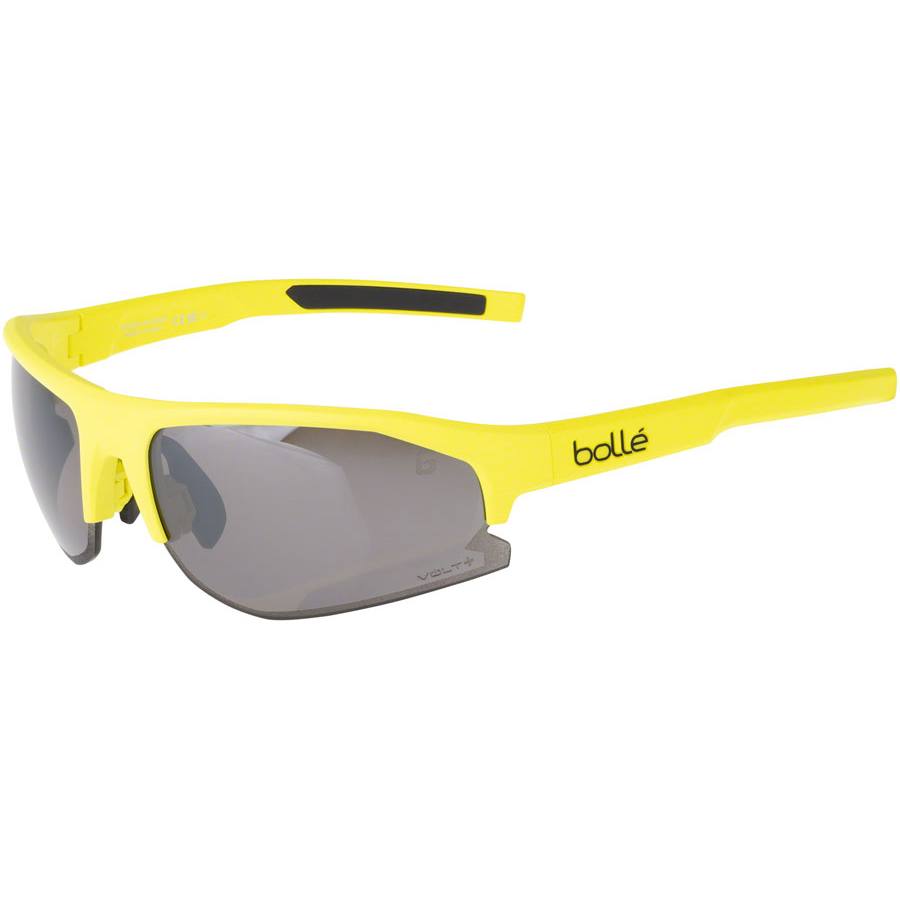
You should wear glasses or goggles while hiking as a means of keeping dirt and debris away from your eyes, as well as to protect them from vandalism. You can also wear these when shredding down the trail in order to keep your eyes safe from dirt and rocks.
What should you strictly avoid while riding mountain bikes?
Some gear and accessories are basic things that you need to have on your mountain biking but you will find more specific accessories such as summer jersey, winter jacket, summer mountain biking shorts, etc. Road-cycling-style bib shorts with chamois pads are perfect both by themselves, or, more commonly on trail rides, as a base layer with a baggy pair of mountain bike shorts on top.
You do not want to wear underwear with padding on with a pair of shorts that have a built-in chamois, but you could use it with a pair of baggy bike shorts, or even underneath a regular pair of shorts or pants. Most mountain bikers wear two layers of shorts; the first layer is typically a pair of fitted, padbed shorts, usually called chamois shorts or shammies, with a pair of slouchy, slimmer cargo-style shorts over the top. Like most biking shorts, you will typically also find a certain amount of padding built-in, which can lead to much more comfortable days on the trail.
Sunglasses are also a crucial safety add-on, since often trails take you over areas where branches and twigs may be up close to eye level, or dirt or gravel can get kicked up in your eyes if you are riding with others. You can choose padding if you need it for confidence (usually knee and elbow pads are recommended for beginners on technical trails), but most mountain bikers that are not riding Enduro or downhill are going to skip the padding. As far as gear goes, you will want cycling gloves, sunglasses, and likely high socks if you are riding in areas where there is lots of brush. For bike parks, downhill rides, and DH racing, mountain bikers typically wear a full-face helmet, which offers full-face protection.
For competitions and technical riding, some mountain bikers will also wear other body armor, such as elbow pads and back protectors. While the necessity for helmets is universal for all riders, the particular style of helmet you wear will vary depending on the type of riding you enjoy doing. Obviously, you can wear whatever you like while riding a mountain bike, it does not need to be an obstacle in making mountain biking accessible — some folks prefer the less is more approach, too.

